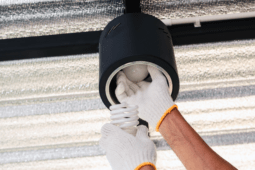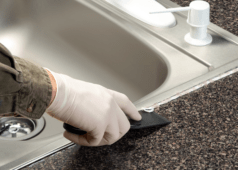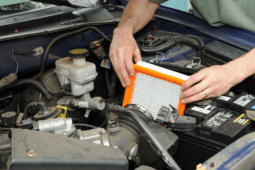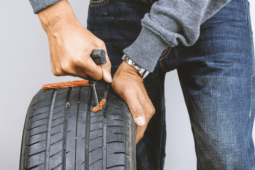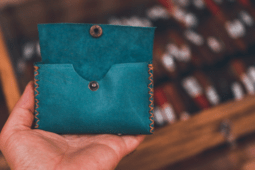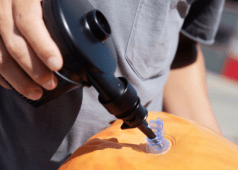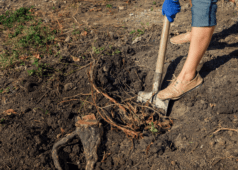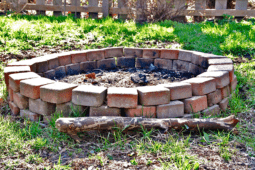How To Remove Rust From Tools [7 Easy Methods!]
Rust is completely preventable but is often inevitable if you have a large collection of metal tools. Those tools you left sitting in the garage over the winter aren’t usable right now, but it doesn’t mean you need to throw them away! There are a number of different methods you can use to clean rusty tools so they’ll be ready to use whenever you need them.
Why Do Tools Rust?
You want to clean off your rusty tools, but it’s also important to understand how it happened in the first place. Rusted tools are the result when water is allowed to sit on iron or steel for an extended length of time. The iron in the tools reacts to the water and oxygen, causing rust to form. If a tool has direct, continued exposure to both water and oxygen rust can form in a matter of four or five days. If corrosion hasn’t set in (that’s when holes start to form in the metal) by the time you realize your tools are rusting, you’ll still be able to remedy the situation by cleaning the rust.
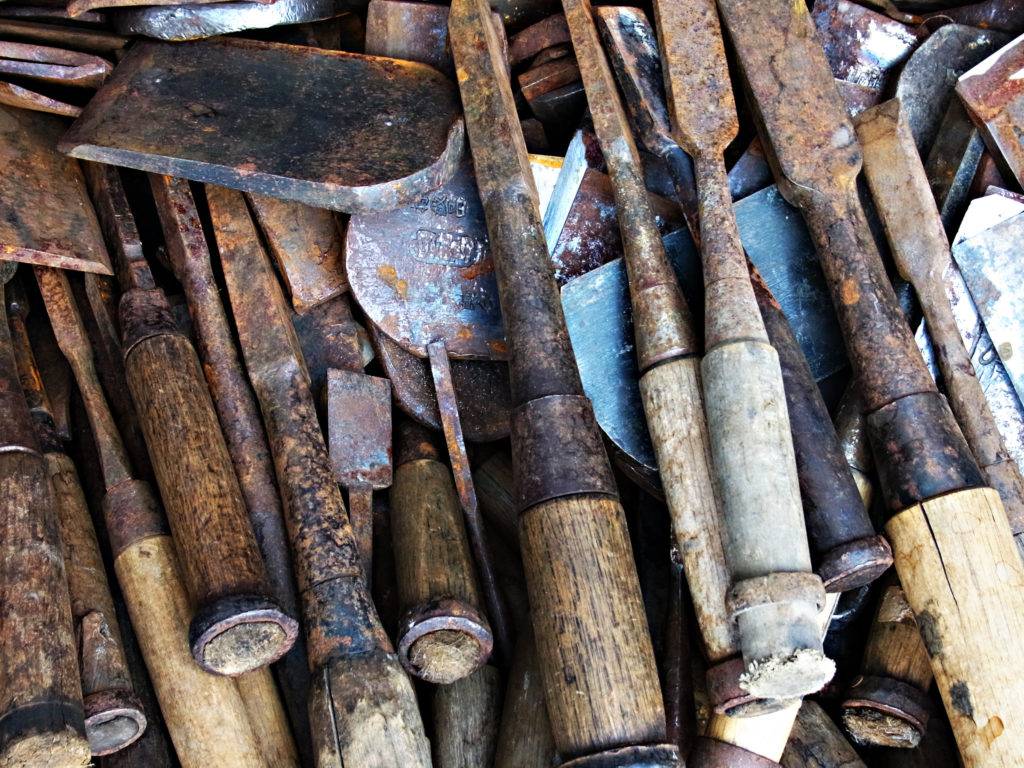
Scrubbing with Sandpaper
When using sandpaper to remove rust, you’ll need a little bit of effort, plus both coarse and fine-grit sandpaper. Start by cleaning the tool to remove any dirt or grease, then dry it fully. Once it’s dry, take the coarse sandpaper and scrub away at the surface rust, then switch to the finer grit so you can smooth out any grooves or marks left by the coarse grit. If sandpaper doesn’t work to remove the deeper rust, you’ll have to double up with one of the other methods for removing rust from tools.
Dish Soap & Potato
If you’re removing rust from something sharp like a knife or blade, plunge it directly into the potato and leave it to sit for a few hours. when you pull it out the rust should come off.
If you’re trying to remove rust from something sharp like a blade or a screwdriver, plunge the end directly into the potato and leave it to sit. After a few hours, pull out the tool and the rust should come right off.
WD-40 & Steel Wool
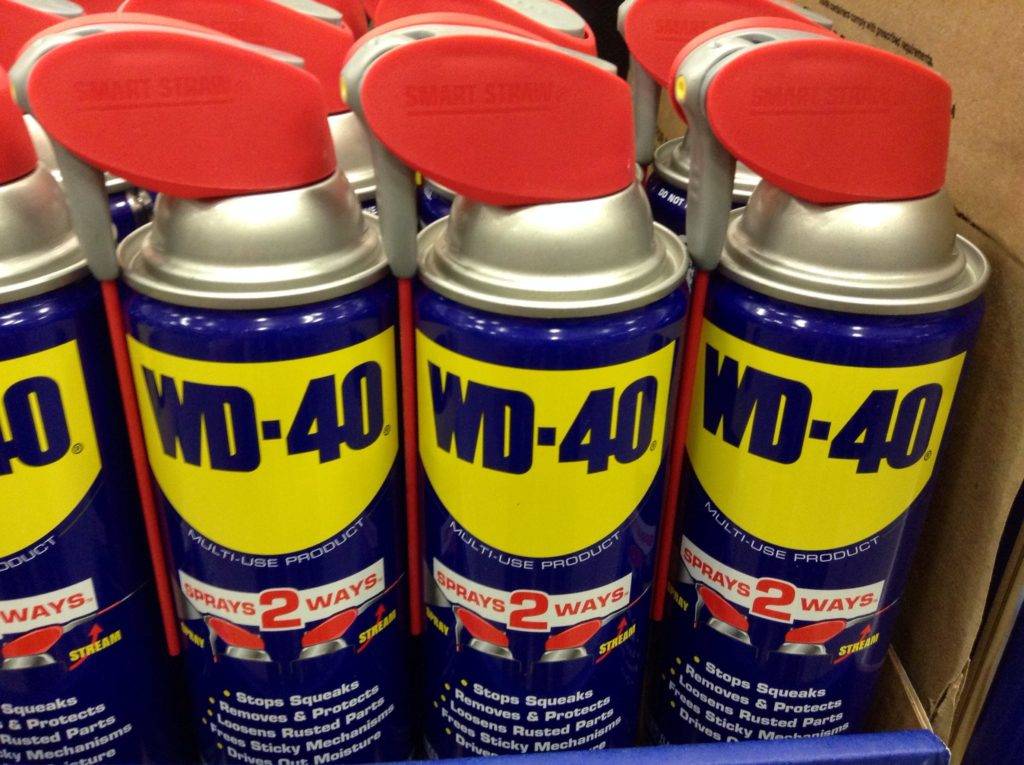
WD-40 is a product that’s specifically designed for losing the bonds between rust and the metal surface it’s adhered to. When trying to remove light surface rust on your tools, spray it directly onto the rusted area and let it sit for about ten minutes. Once you’ve let the WD-40 loosen the rust, take a piece of steel wool and scrub off the rust until the tool is clean. Rinse off your tool and dry it thoroughly before putting it back in your toolbox.
Lemon Juice & Salt
Citric acid is a common choice for removing rust if you don’t want to have to put too much muscle into it, and what’s a great source of citric acid? Lemons. Along with lemon juice, you’ll need salt for this method.
Rub the salt on the rusty area of your tools, making sure it covers all the rusted areas. Then take the lemon and squeeze the juice onto the tool, covering the salted portions. Leave the tool for a few hours to allow the juice and salt to mix with the rust. Once it’s softened the rust, scrub off the mixture to remove the rust from the tool.
Baking Soda
Baking soda is an easy option if you’re looking to use products you already have lying around the house. After cleaning and drying your tools, pour baking soda into a bowl. Add small amounts of water at a time, stirring with the baking soda until a paste is formed. Apply the paste directly to the rusted areas, let it sit for a couple of hours, then use a brush or steel wool to scrub off the paste. Rinse any remaining residue off, and you’re good to go!
White Vinegar
White vinegar is just what you need to remove those stubborn areas of rust that you can’t seem to chip away at with other methods. The acetic acid in the vinegar will help to break down the rust thoroughly. What you want to do to most effectively use vinegar on your tools is to completely submerge them. For smaller items like wrenches you could submerge them in a small bowl, but bigger tools will require a bucket or large container. Let the tools sit overnight in the vinegar. At minimum, you should wait for at least six hours.
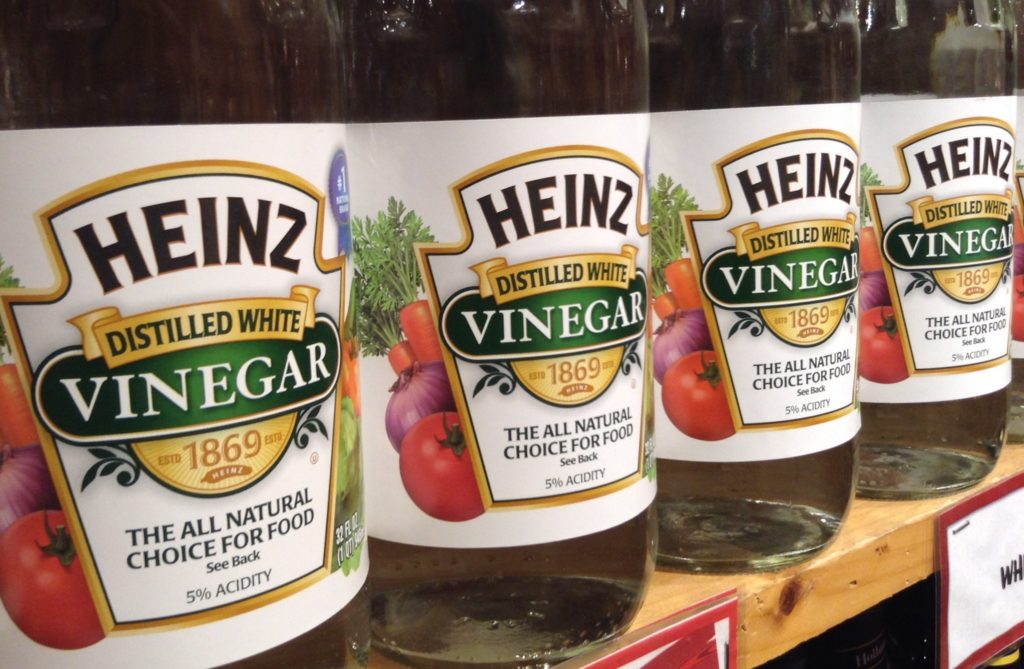
Once the vinegar has softened the rust, use something like steel wool or a stiff brush to scrub off the rush. Continue to scrub the tool until all the rust has vanished, which will likely take four or five minutes. If you find that certain areas are still quite rusted, you can return the tools to the vinegar for another round of soaking, then repeat with the scrubbing. After you’ve finished with the vinegar bath, rinse and dry the tools fully.
Oxalic Acid
Oxalic acid is the chemical-based solution that will be able to conquer the areas of rust you weren’t able to remove with sandpaper or vinegar. When working with oxalic acid, make sure you’re wearing proper protective gear and always read the instructions on the label thoroughly.
Degrease and clean your tools, dry them thoroughly, and then place them in large containers filled with one gallon of water. For best results, have each tool in a separate container. Add three tablespoons of oxalic acid to the water, mix carefully, and allow the tools to soak for up to 20 minutes. After soaking, you’ll be able to rinse away the softened rust and residue from the oxalic acid.
What to Do if the Joint Is Rusted
If the joint of your tool is rusted but the exterior is not, you’ll want to take a different approach. Rather than soaking the whole tool in vinegar or trying to scrub away at it with steel wool, you’ll want a multi-purpose oil that serves to clean and lubricate tools. Apply a small amount of oil to the rag and wipe the rusted joint. You can drop a small amount of oil directly onto the joint as well while manipulating the tool back and forth. Once the oil has formed a slurry, take a clean rag and wipe up the excess oil. Repeat the process until the tool’s joint is functioning properly again.
How to Prevent Rust
Moisture control and keeping your tools away from water is the key to rust prevention. To prevent your tools from rusting over time, make sure to store them in a dry place. If any of your tools come in contact with moisture (humidity, rain, snow, etc.), dry them as thoroughly as you can, as soon as possible. It’s best to also store all of your tools (including power tools) above ground, especially if they’re stored in a workshop or garage so you won’t risk moisture leaking through the floor or being tracked in by someone.
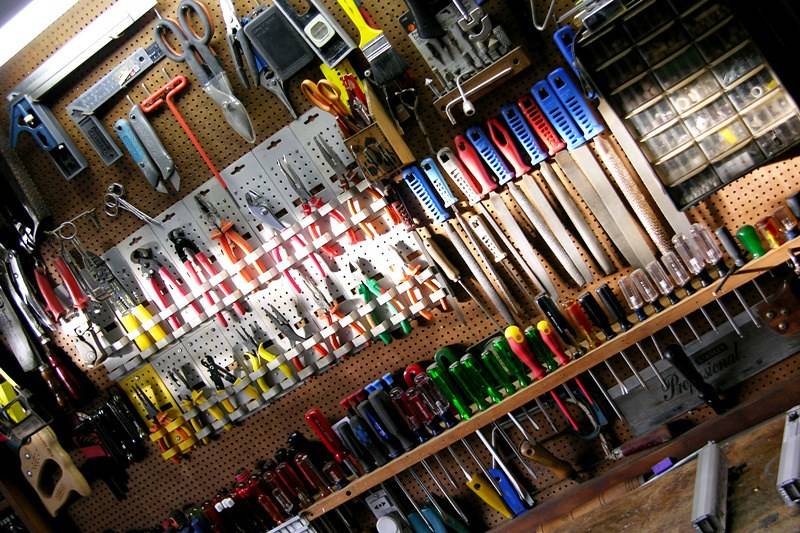
Sealing the metal parts that are most exposed on your tools is also a solid rust-prevention tactic. Most manufacturers provide a layer of chrome or paint, but older tools often don’t have a protective coating. A paint or rubber sealant or a wax coating are cost-effective ways to prevent rusting and extend the life of your tools.

